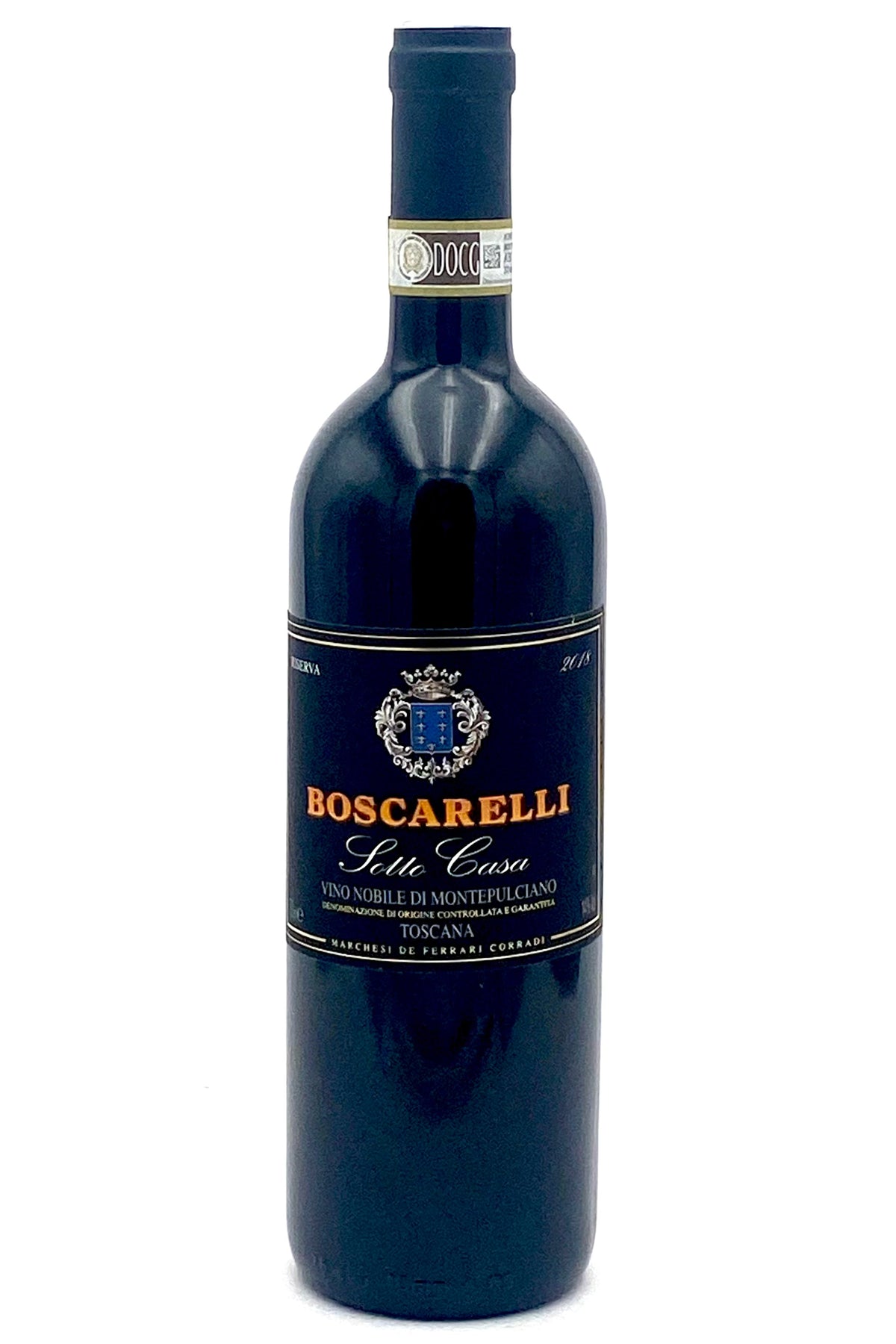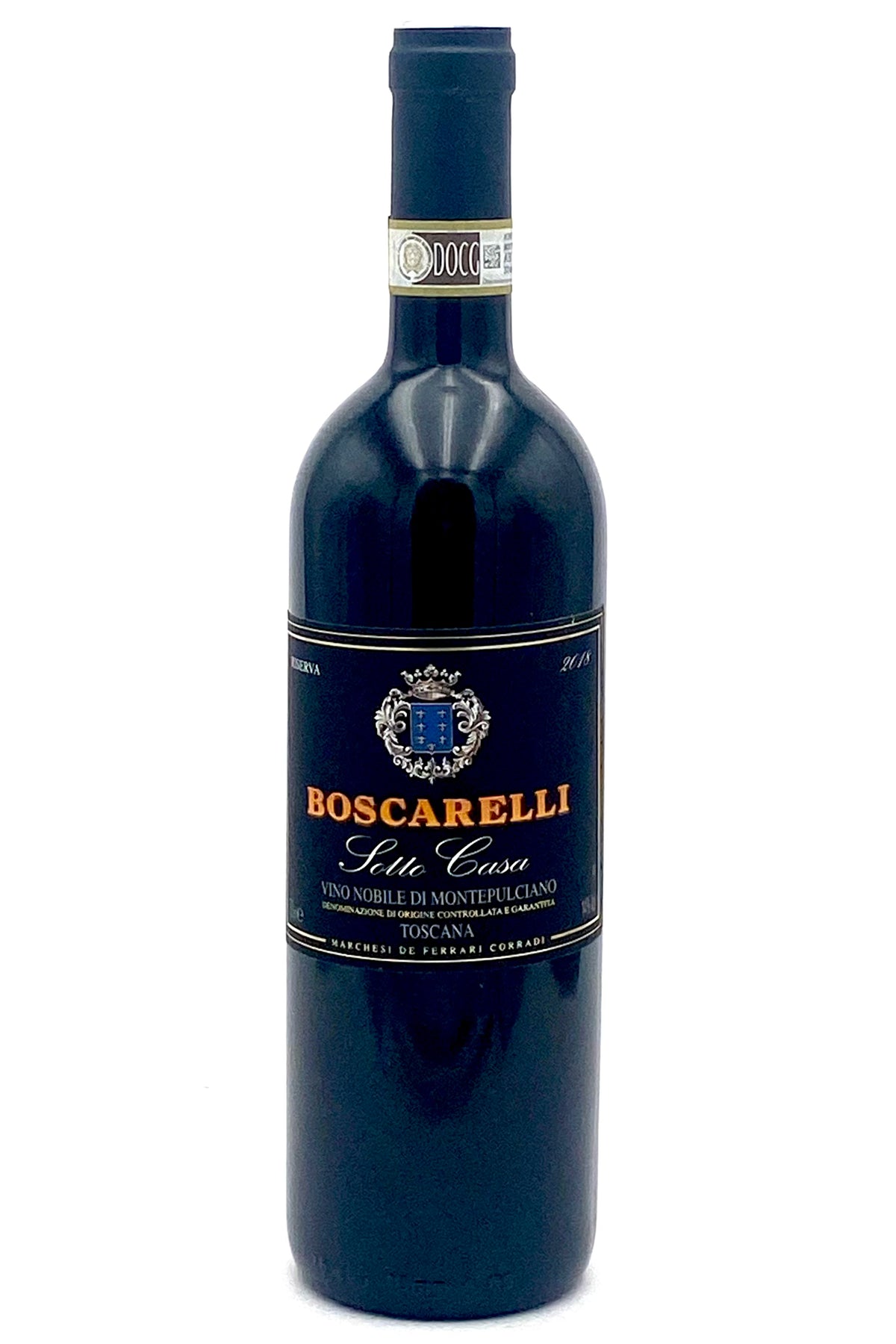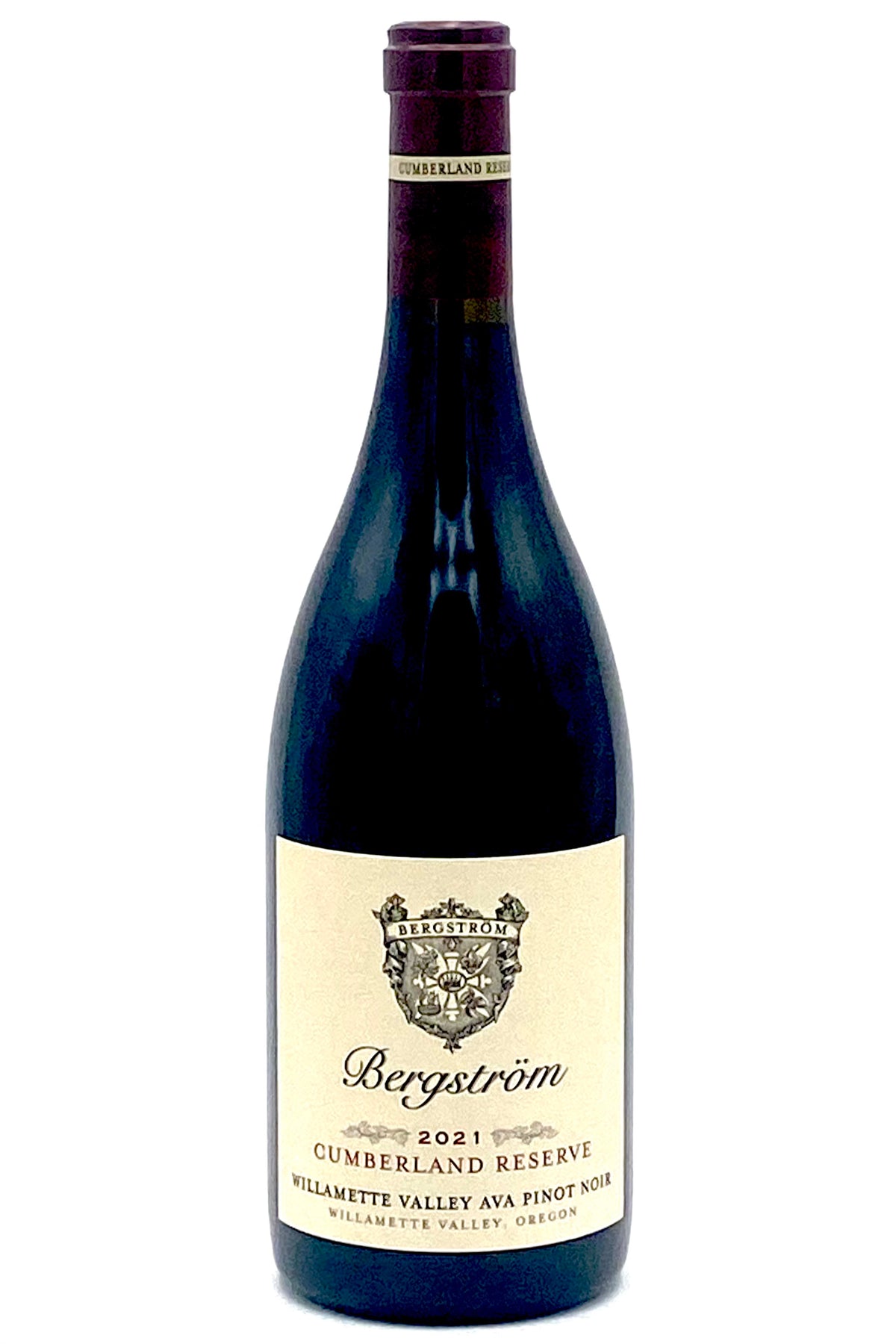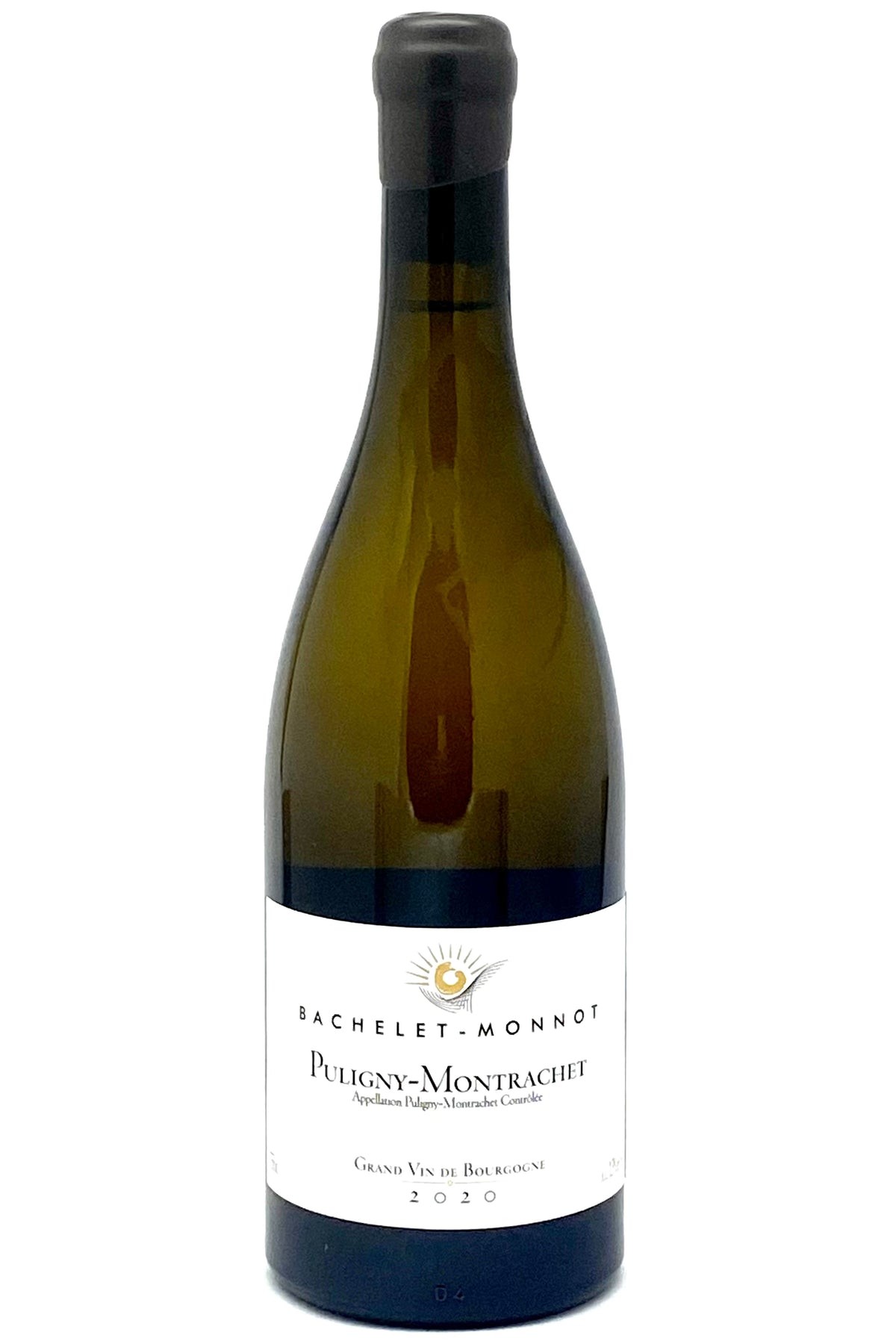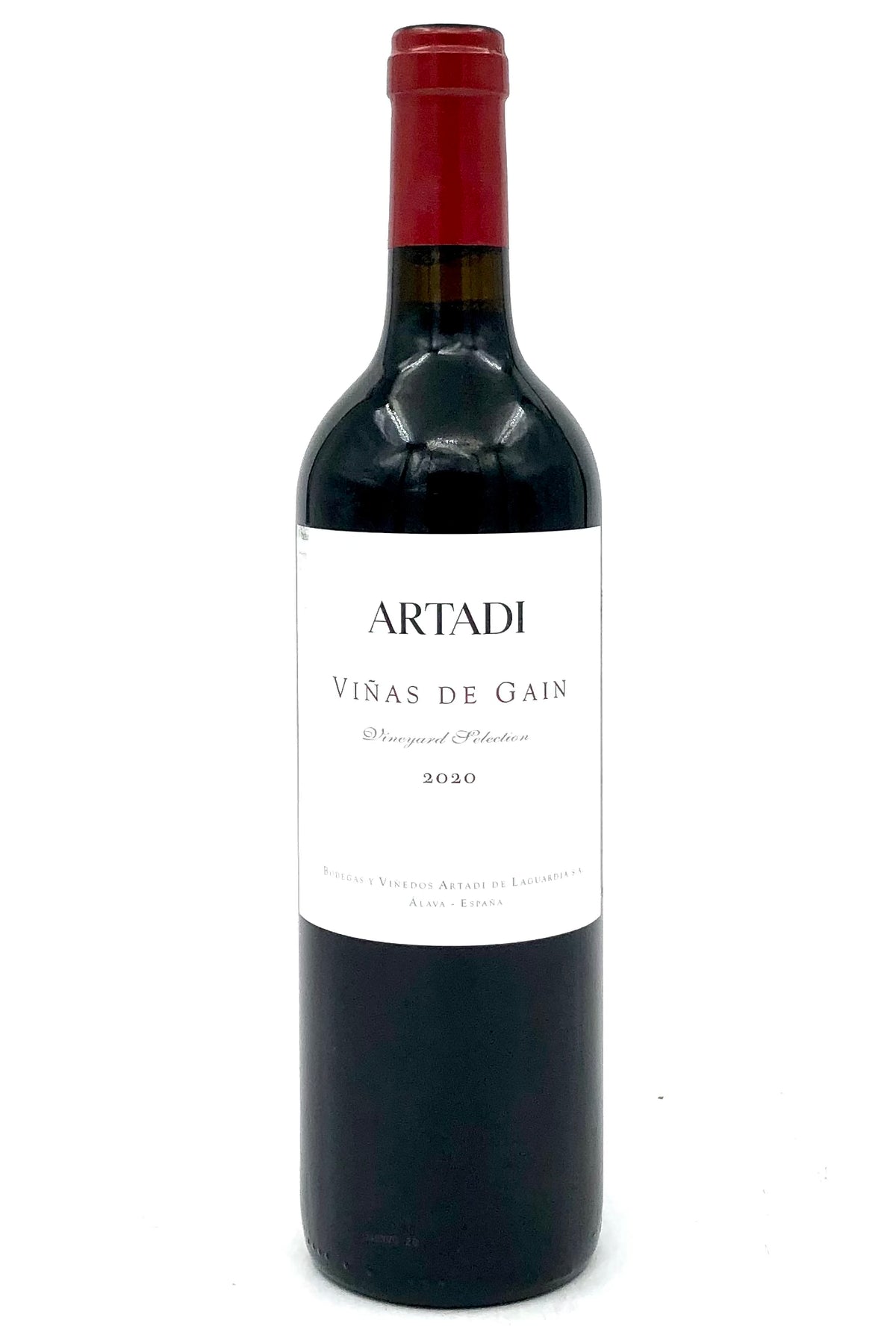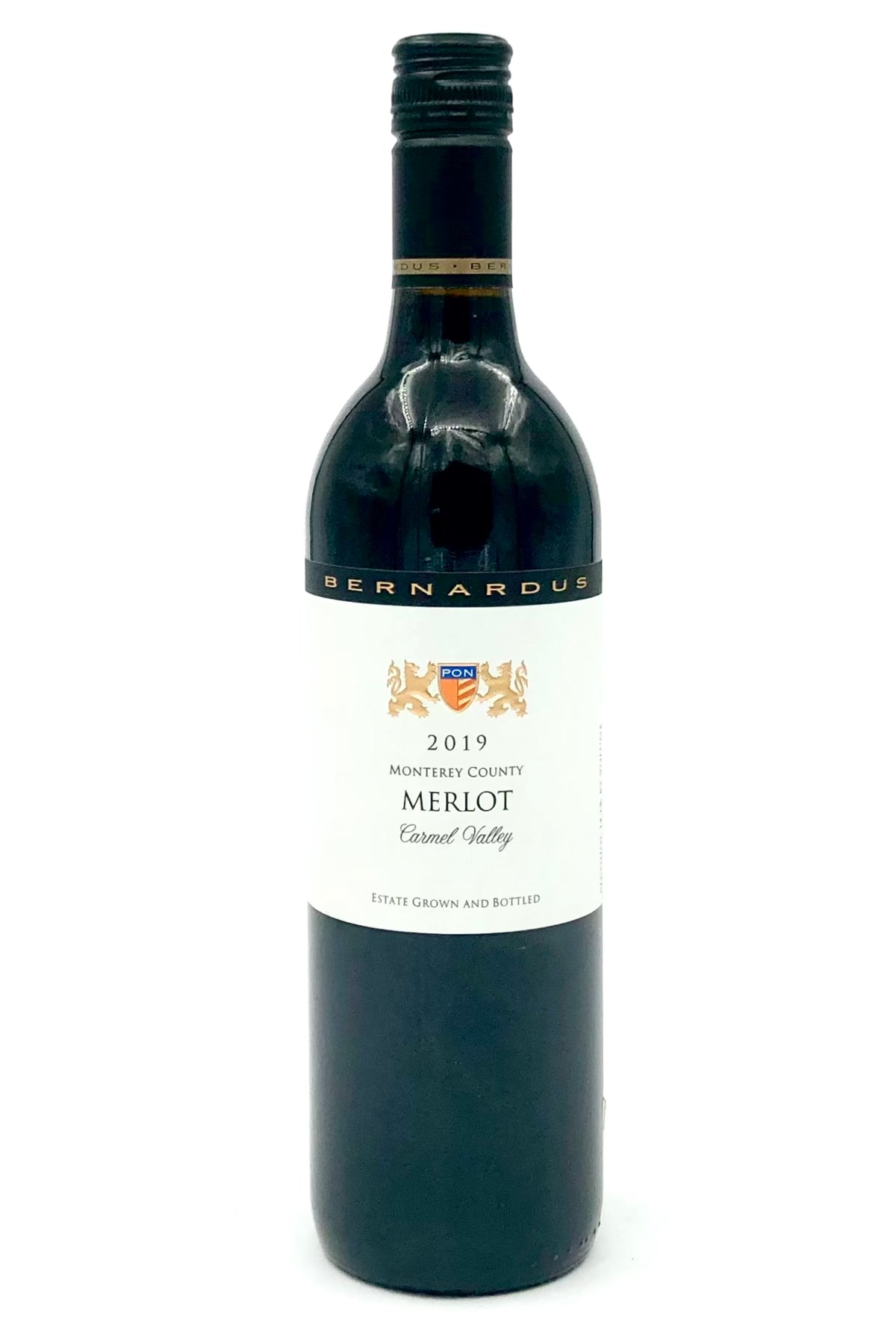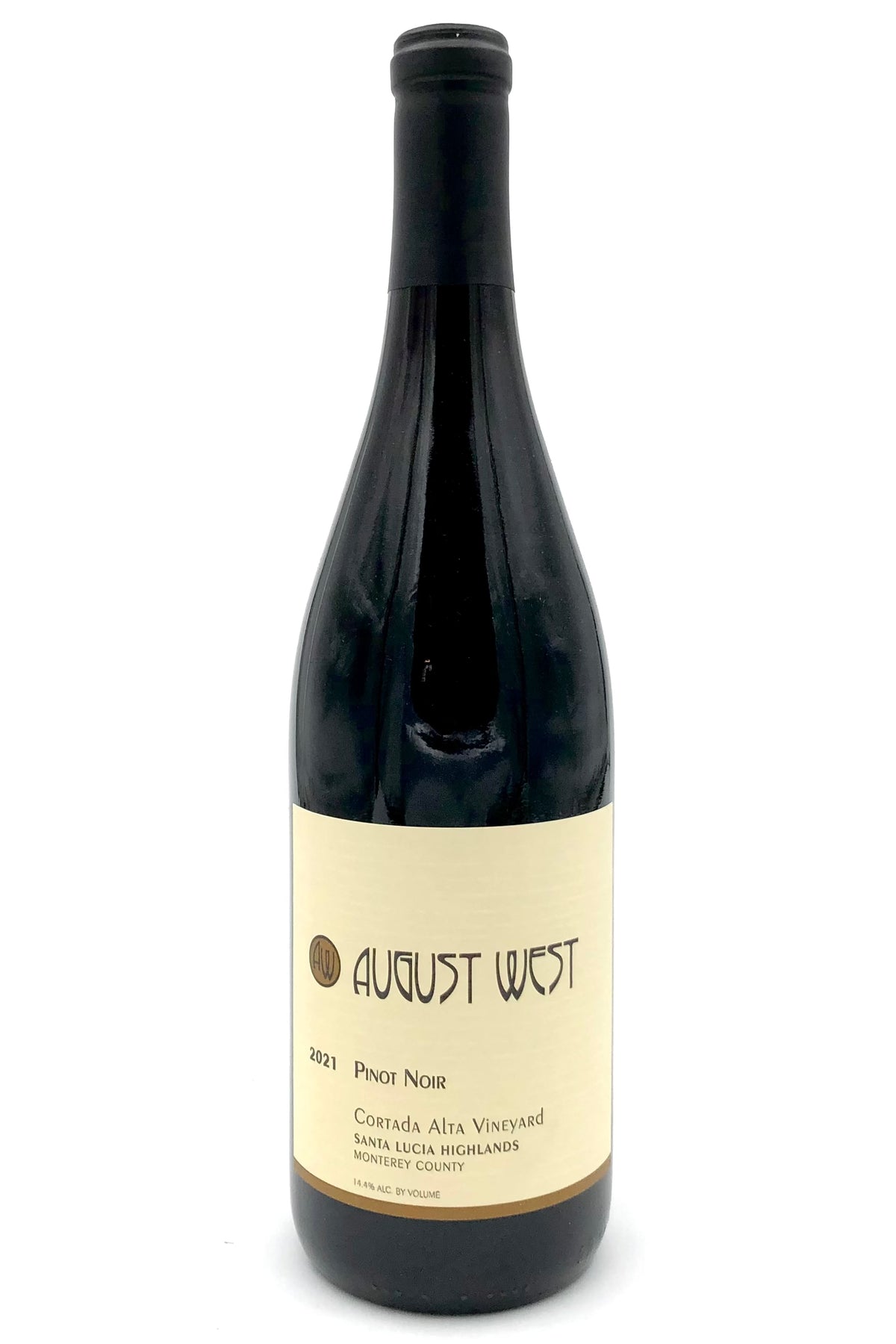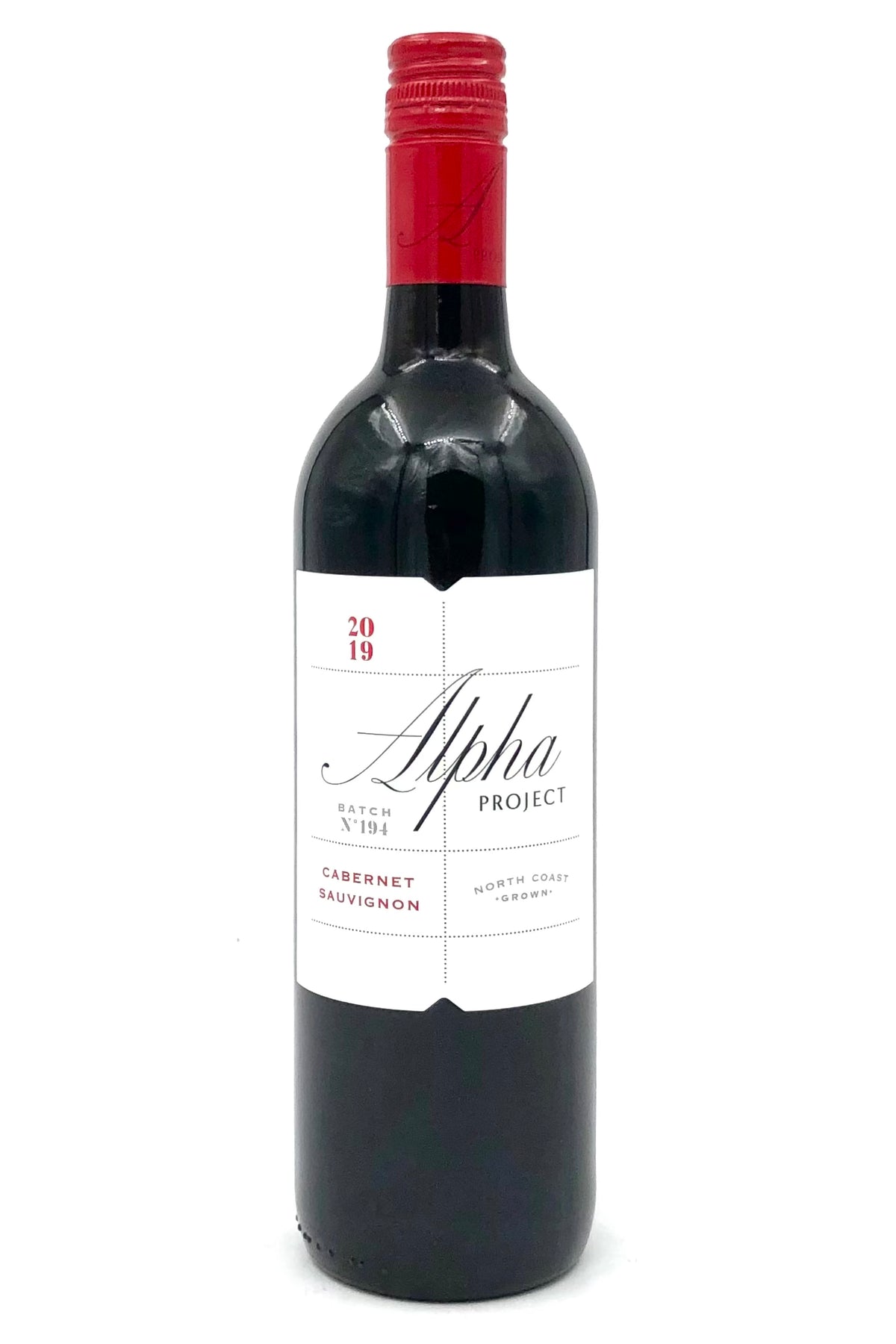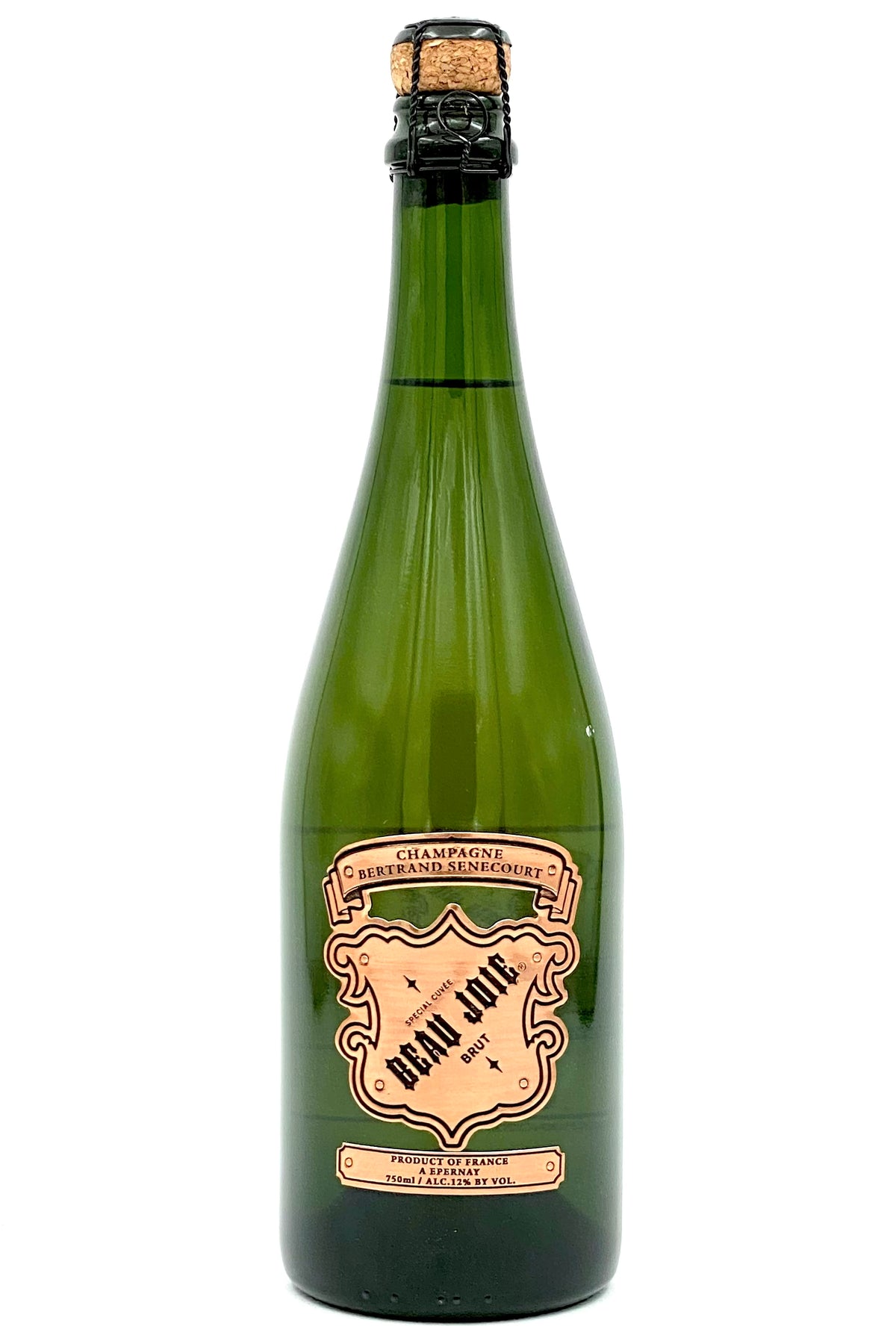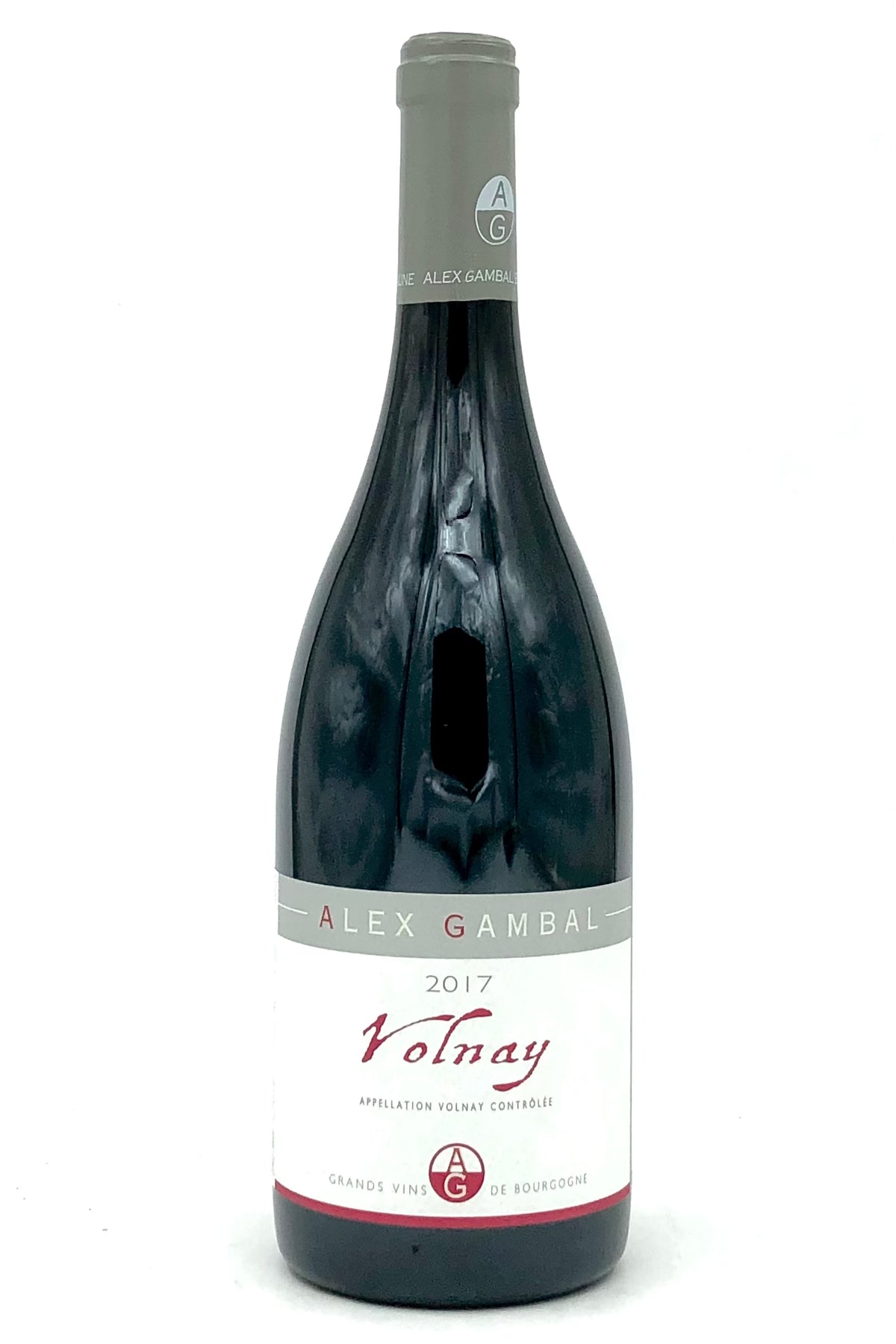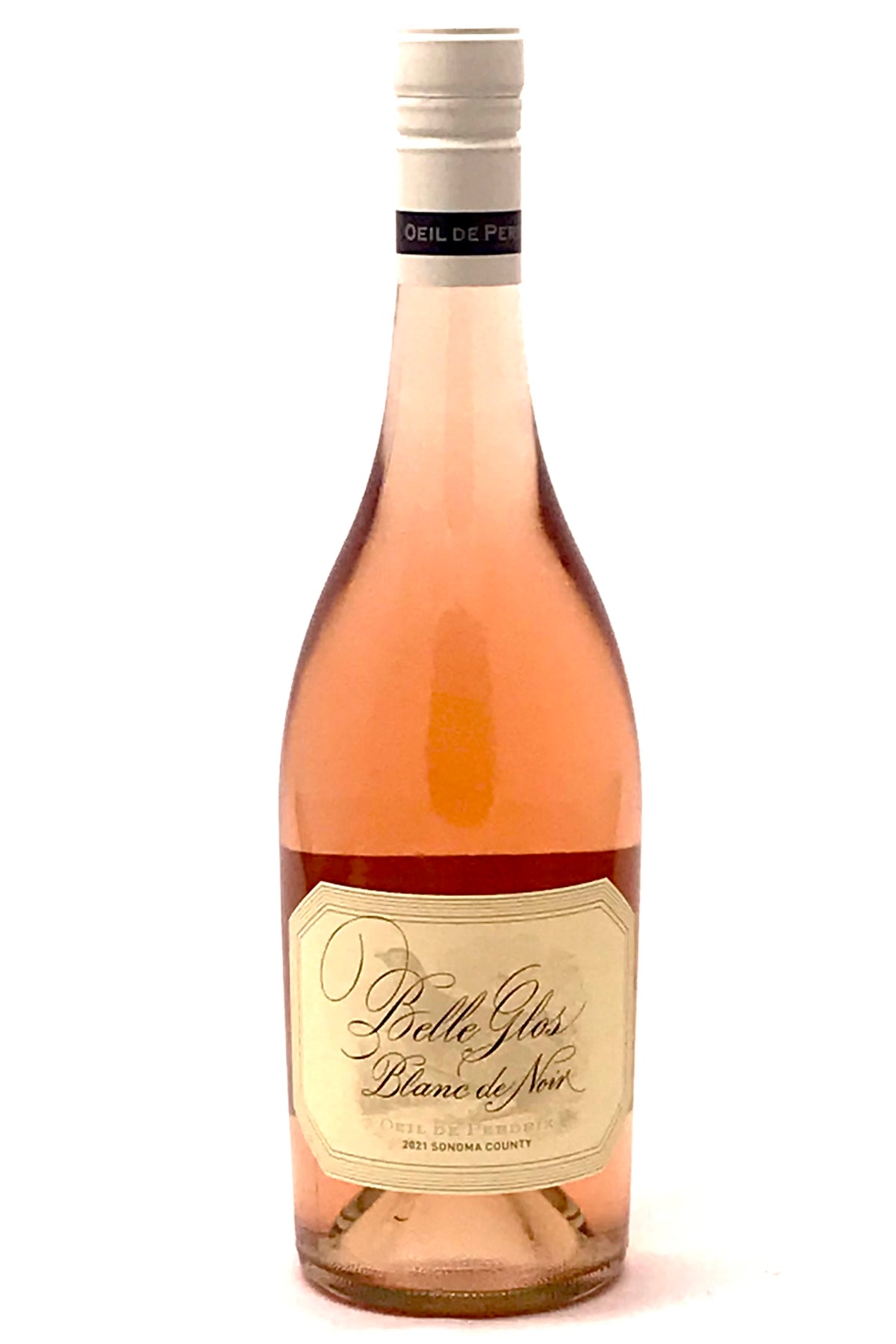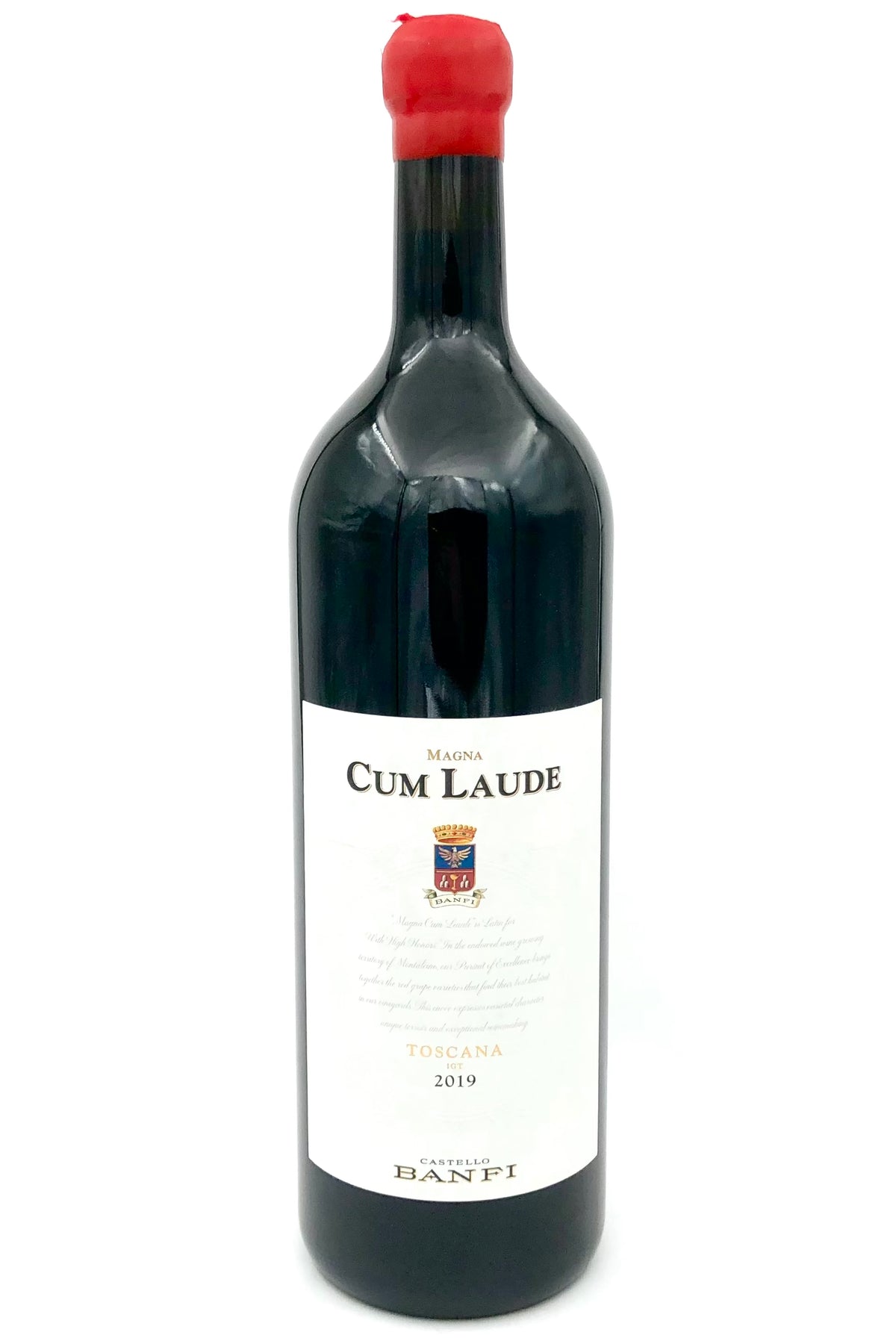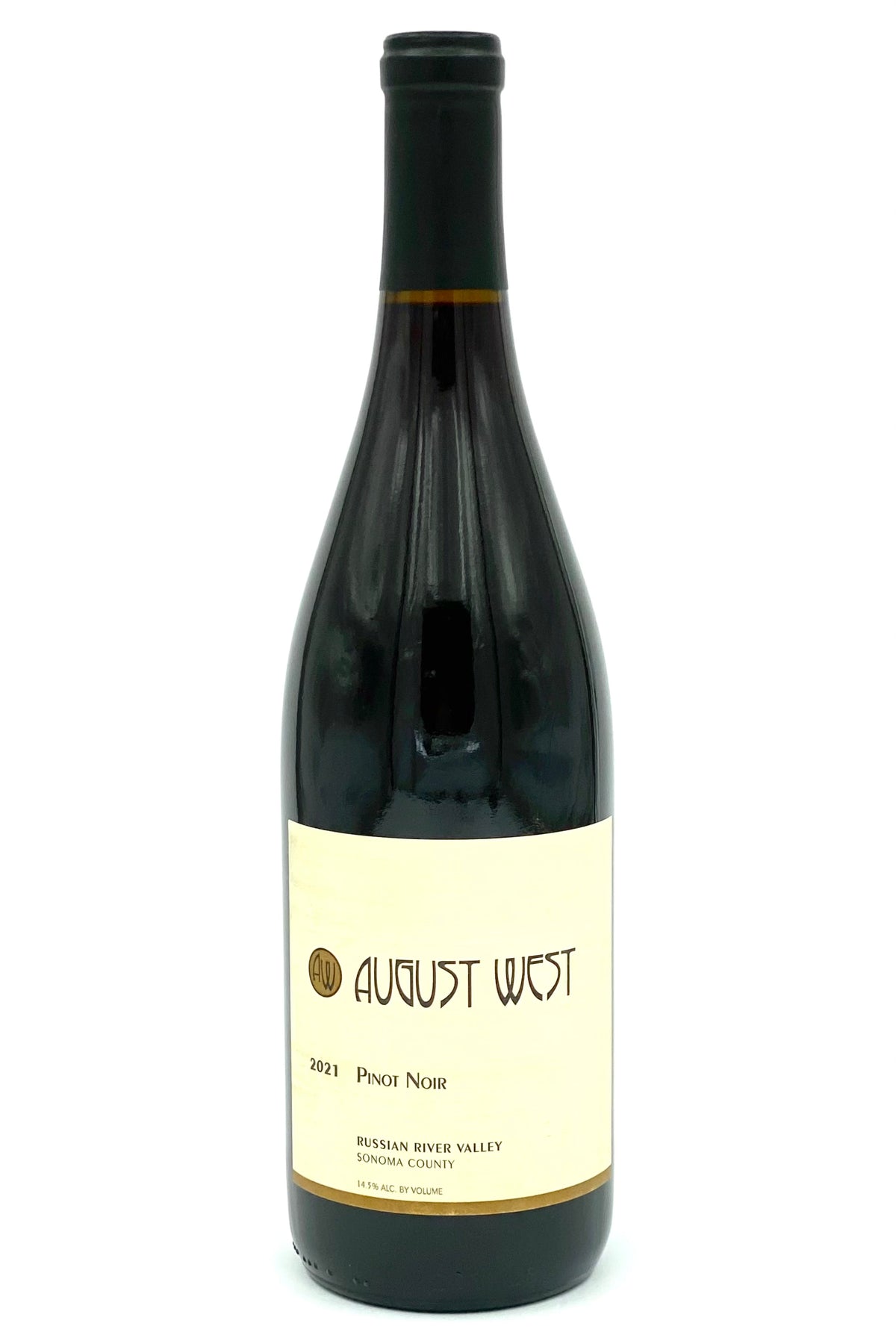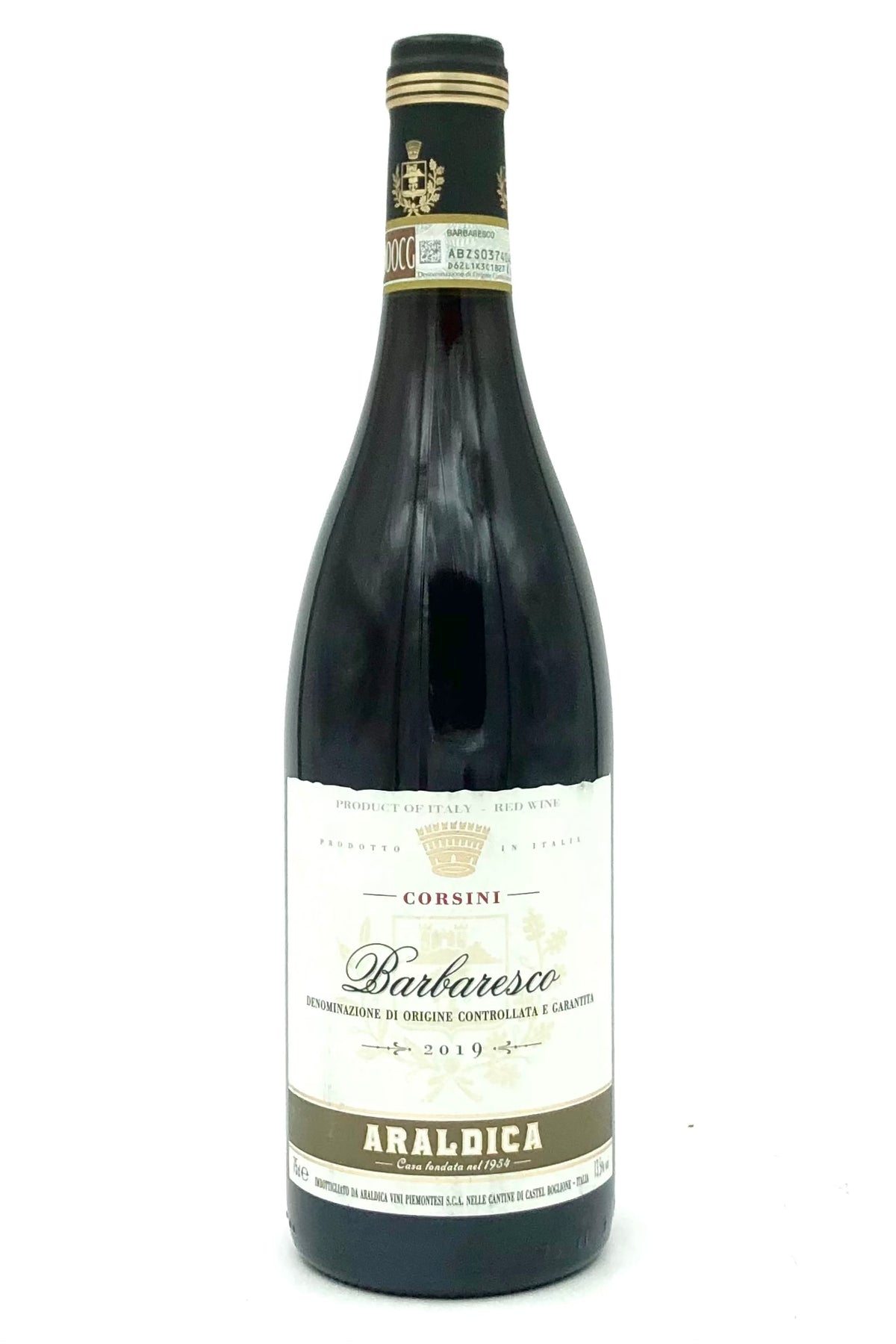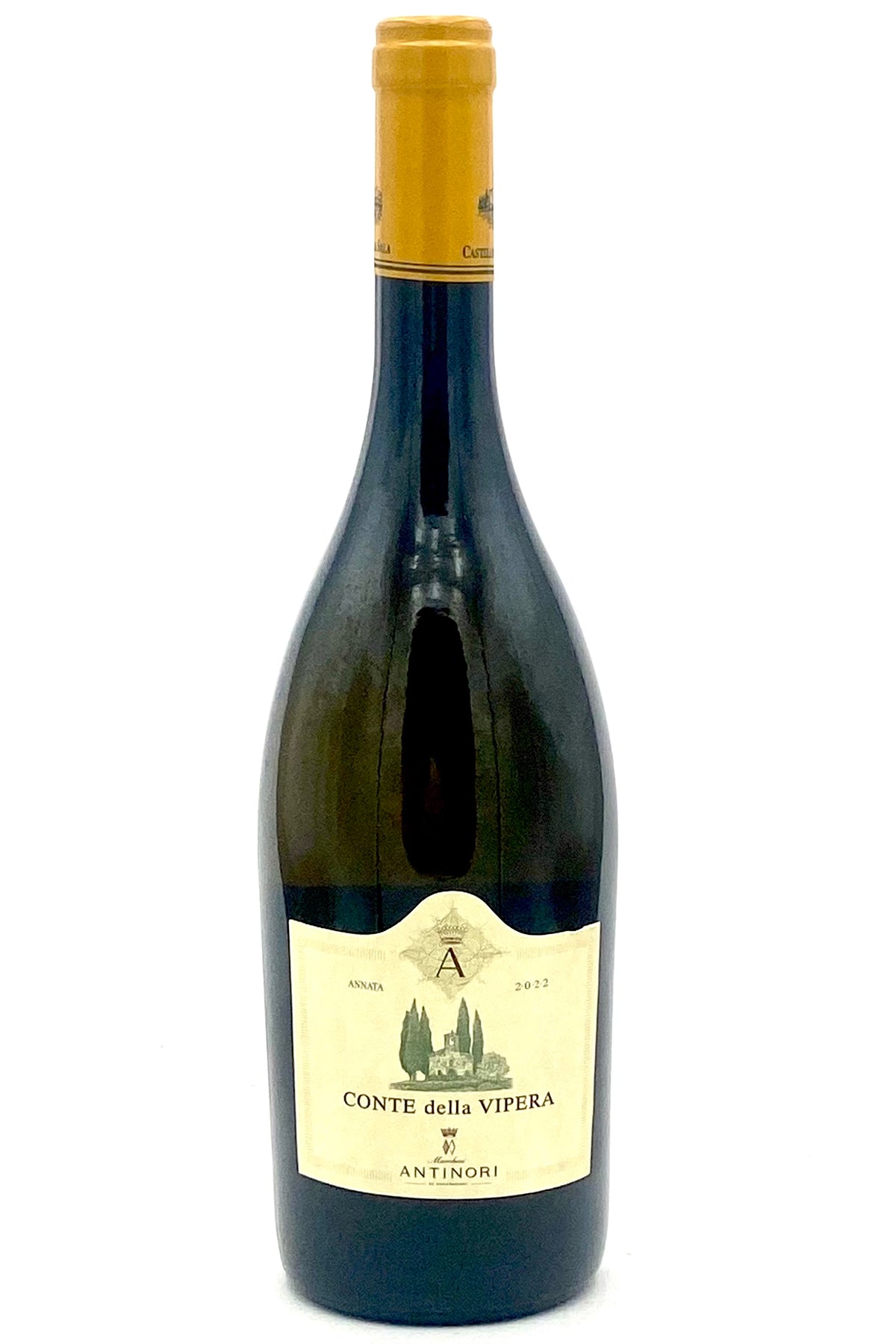Boscarelli 2019 Vino Nobile di Montepulciano Riserva Sotto Casa Wine Warehouse
$ 58,00 $ 29,00
“The “Sotto Casa” Riserva label produced starting from the 2011 vintage is the natural evolution of our Vino Nobile Riserva black label produced with the idea of harmonizing the elegance, character and freshness of Sangiovese with the tannic texture, the structure and fullness of two international grape varieties, Cabernet and Merlot.
The main difference between the two labels lies in the fact that “Sotto Casa” is a CRU and the grapes used in its production do not come from different parcels but from a single vineyard which gives its name to the wine.
Characteristics of the soil
The “Sotto Casa” vineyard is located on stony soil rich in red clay of alluvial origins. The average planting density is 6500 vines per hectare.
Type and selection of grapes
The vines that contribute to the composition of this Reserve are 85% Sangiovese Prugnolo Gentile, 10% Cabernet Sauvignon and 5% Merlot. The grapes are selected and harvested in order to maximize the expressiveness of the individual cultivars.
Vinification
The different cultivars are harvested separately, and after destemming and soft pressing they are left to ferment separately in oak vats filled to no more than two thirds of their capacity. Native yeasts are used for fermentation which lasts approximately 10 days at controlled temperatures between 28 and 30 degrees. Manual pumping over and punching down of the cap are carried out. Maceration can continue for another 5/8 days after fermentation.
Aging
Each cuvée ages separately in Slavonian or French oak barrels with a capacity varying from 3 to 30 hl depending on the cultivars. Malolactic fermentation also takes place here. Maturation lasts from 28 to 32 months. The final assembly is carried out at the end of maturation. The wine ages in the bottle for a few months before being released on the market.
Optimal maturity
The aging potential of this Reserve is a few decades, but the optimal maturation period we recommend varies, depending on the vintage, from the sixth to the tenth year after the harvest.”
Fast Delivery and Professional Packaging
Our long-standing partnership with UPS FedEx DHL and other carriers around the world lets us offer a range of shipping services. Our warehouse employees will pack each item according to our strict requirements. Prior to shipping, your goods are carefully examined and securely secured. We ship to thousands of customers each day across different countries. This is a testament to our commitment to be the biggest online retailer in the world. Warehouses and distribution centers are located throughout Europe as well as in the USA.
Orders with more than 1 item are assigned processing periods for each item.
Before shipping, all ordered items will be thoroughly examined. Currently, most orders are shipped within 48 hours. Delivery time ranges between 3-7 days.
Returns
The stock is constantly changing. It's not completely managed by us, as we're involved with several organizations, such as the factory and the storage. So the actual stock may alter at any time. Please be aware it's possible your order could run out of stocks once you've placed your order.
The policy is 30 days. If 30 days have gone without a trace since the purchase, unfortunately we can't offer an exchange or refund.
The item should not be in use and must be in the original packaging. The item should be returned in its original packaging.
